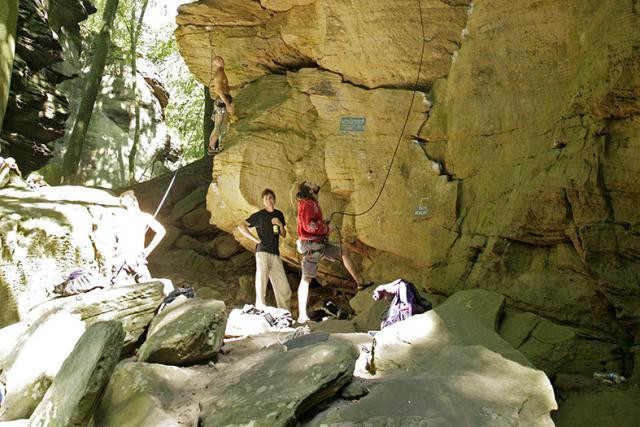It was always going to be a tough target to improve on 2015’s results, which were buoyed by Luxembourg’s role as host of the presidency of the Council of Europe the last six months.
But, improve Luxembourg did, albeit by a very slight 0.2% in hotel stays, according to figures published by tourist office Luxembourg for Tourism on Wednesday.
Overall, the hotel sector recorded 1,742,000 overnight stays in 2016, continuing a steady rise that began in 2011. The occupation rate, meanwhile, was at 72.2%.
Campsites fared less well, recording a 1.5% drop in overnight stays (984,000) while youth hostels were the winners with a 1% improvement. No figures were available on the number of stays.
Where tourists went and which regions benefited from their stay is clear in the data gathered from visitors.
The Moselle and Mullerthal regions both recorded an increase in visitor numbers, up 11.2% and 5.8% respectively.
Despite, seeing visit numbers fall 3.7% in the Ardennes region, two sites in this region featured in the top 10 attractions cited by visitors.
Vianden castle was the third-most visited site (171,722) while the télésiège or lift in Vianden was the seventh (81,945).
The top attraction cited by tourists was guided tours in the capital (273,480), followed by Parc Merveilleux in Bettembourg (222,839).
The Mullerthal trail saw a substantial increase in interest, with visitor numbers rising 16.3%, as did the butterfly museum in Grevenmacher, whose numbers rose 10%.
“Interest in the Mullerthal trail is a trend we’ve been observing for several years now, especially among active tourists for cycling,” Luxembourg for Tourism director Anne Hoffmann told Delano, adding: “There are some paths close to very good restaurants. That can be a very good reason to go, above all for the Belgian tourists who come back.”
The number of visits to Luxembourg City’s tourist office fell slightly from 2015 to 2016.
This, Hoffmann explained, continued a trend seen across Europe whereby tourists increasingly use their smartphones to find information.
